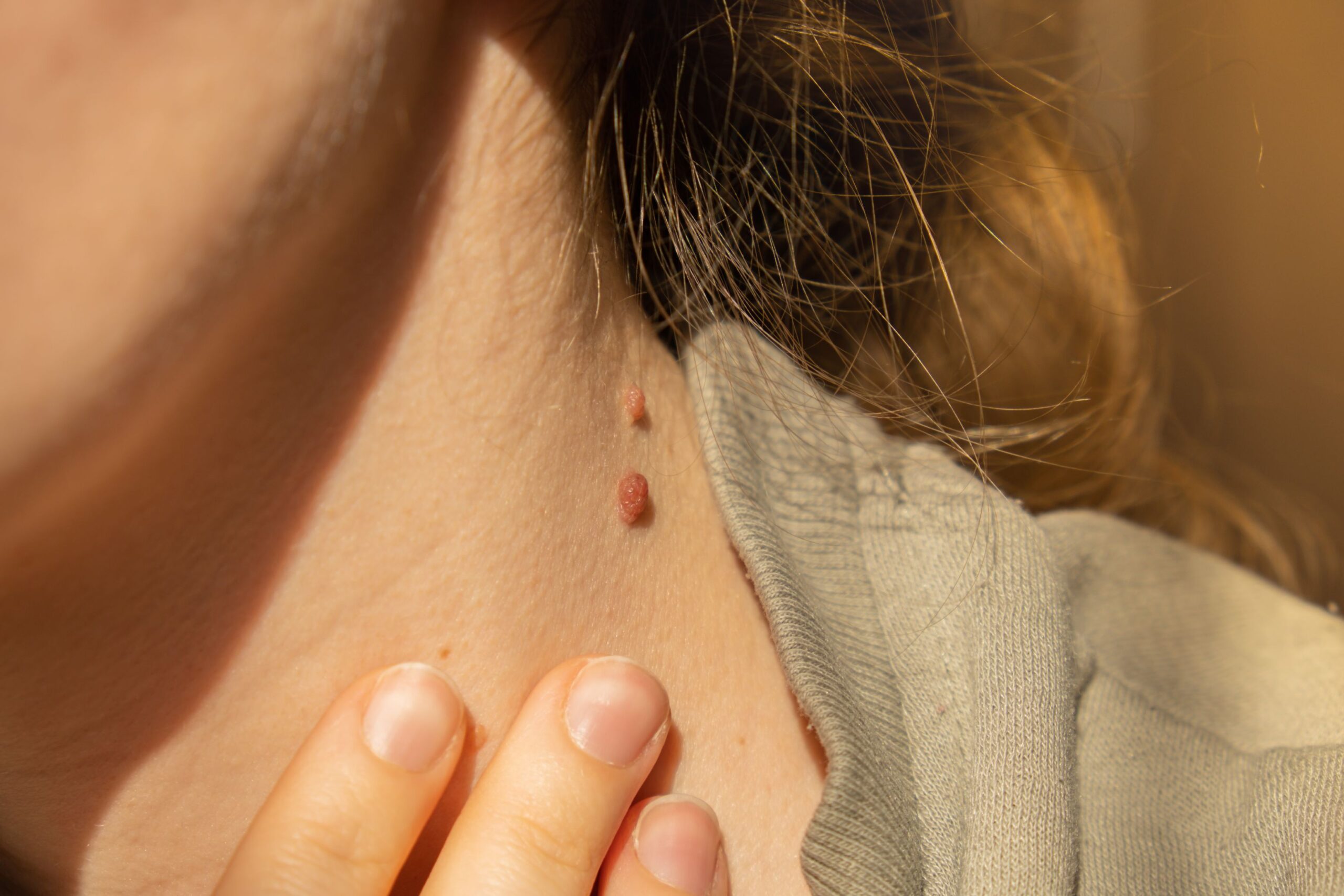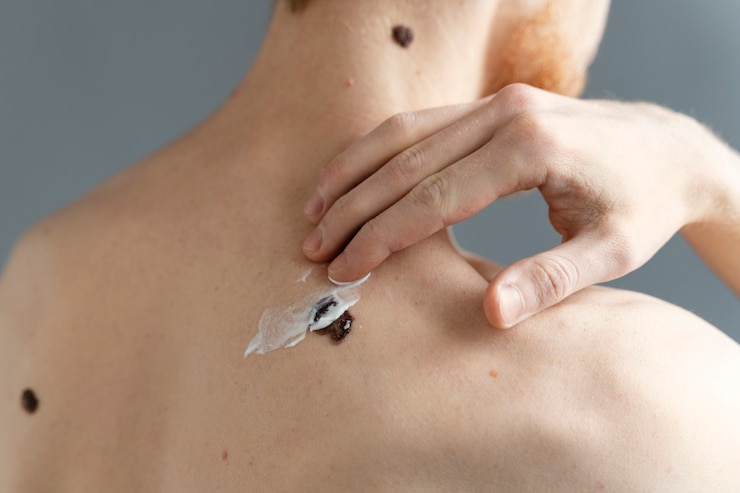Warts are common, benign growths that can appear on various parts of the body. They are caused by a viral infection, specifically the human papillomavirus (HPV). Although warts typically go away on their own, many people opt for treatment to remove them, as they can be unsightly or painful. This article delves into the Warts Removal in Dubai.
Understanding the Cause of Warts
Warts are caused by an infection with the human papillomavirus (HPV), which enters the skin through small cuts or abrasions. HPV triggers the rapid growth of skin cells, leading to the formation of warts. There are various strains of HPV, and certain types are responsible for specific kinds of warts, such as plantar warts, genital warts, and common warts.

Reasons for Wart Removal
Cosmetic Concerns
The most common reason people opt for wart removal is aesthetic. Warts, especially on visible areas like the face, hands, or feet, can be bothersome and impact an individual’s self-esteem. Removal helps restore a smoother skin appearance.
Discomfort or Pain
Certain warts, particularly plantar warts found on the feet, can be painful, especially when pressure is applied. For people who experience discomfort due to their warts, removal can offer significant relief.
Preventing Spread of Infection
HPV is contagious, and warts can spread through direct contact with the virus. If warts are left untreated, there is a risk of them spreading to other areas of the body or to other people. Wart removal can help minimize this risk.
Persistent or Recurring Warts
Some warts are persistent and don’t go away on their own, while others may reappear after a period of time. For individuals who experience frequent outbreaks of warts, removal can prevent further occurrences.
Effective Wart Removal Treatments
There are several methods available for wart removal, depending on the type, location, and severity of the wart. These treatments aim to eliminate the wart while ensuring minimal discomfort and scarring. Here are some of the most common wart removal techniques:
Cryotherapy (Freezing)
Cryotherapy is one of the most widely used wart removal methods. It involves applying liquid nitrogen to freeze the wart, causing it to fall off after a few days. This treatment is commonly used for small to medium warts and is effective for most types.
Electrosurgery (Burning)
Electrosurgery uses an electric current to burn off the wart tissue. This method is often employed for larger or more stubborn warts. It is typically done under local anesthesia and is effective in removing warts with minimal scarring.
Laser Treatment
Laser treatment uses high-intensity light to target and destroy the wart tissue. It is particularly useful for warts that have not responded to other treatments. This method is precise and minimizes damage to surrounding skin.
Excision (Surgical Removal)
For warts that are deeply rooted or resistant to other treatments, excision may be necessary. In this procedure, the wart is surgically cut out under local anesthesia. While effective, this method may require stitches and has a longer recovery time.
Chemical Treatments
Chemical treatments involve applying a topical solution containing salicylic acid or other caustic substances to dissolve the wart. These are often available over-the-counter but may require repeated applications.
Benefits of Wart Removal
Wart removal offers numerous benefits, including:
- Aesthetic Improvement: Wart-free skin enhances your appearance and boosts confidence.
- Pain Relief: Removal of painful warts, such as plantar warts, provides immediate comfort.
- Prevention of Spread: Wart removal reduces the risk of the virus spreading to other areas of the body or others.
- Long-Term Results: Treatment can provide long-term relief from recurrent warts.
FAQs About Wart Removal
1. What is the best treatment for removing warts?
The best treatment depends on the type, size, and location of the wart. Cryotherapy, electrosurgery, and laser treatment are popular options.
2. Can warts be removed permanently?
Warts can be removed permanently with effective treatments, although they may recur if the HPV infection is not fully eradicated.
3. Is wart removal painful?
Most wart removal methods are minimally painful, especially when local anesthesia is used. Aftercare may involve mild discomfort.
4. How long does it take for a wart to disappear after treatment?
The wart may fall off within a few days to a couple of weeks, depending on the treatment used.
5. Are there any risks associated with wart removal?
While wart removal treatments are generally safe, there is a small risk of scarring, infection, or recurrence of the wart.
Conclusion
The main cause of wart removal is the need to address the cosmetic and physical discomfort associated with warts caused by HPV infection. Whether for aesthetic reasons, pain relief, or preventing the spread of the virus, wart removal treatments like cryotherapy, excision, and laser therapy are effective options. By selecting the right treatment for your type of wart, you can restore healthy skin and avoid the recurrence of warts in the future.
